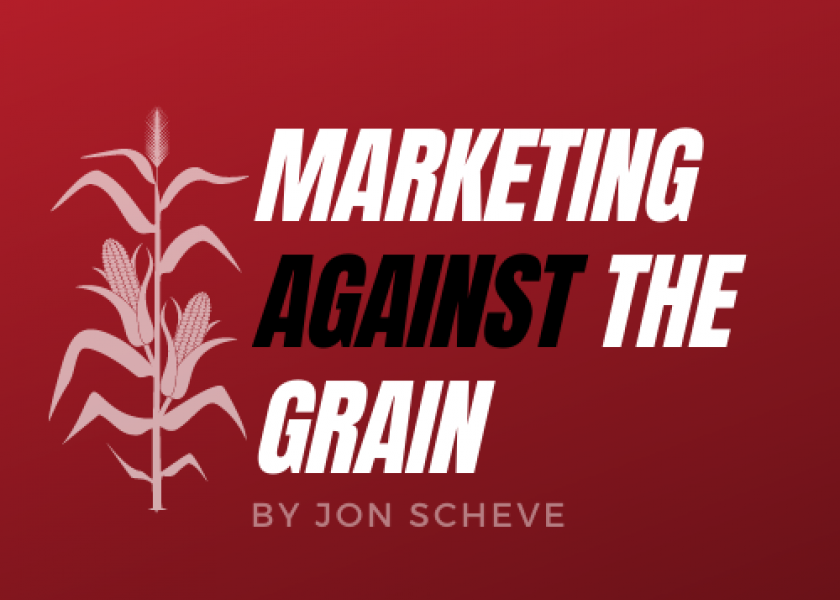The Market Will Be Focusing On Planting Pace In The Dakotas

Missed a recent article by Jon Scheve? Get it sent to you directly every week. Send a request by email: jon@superiorfeed.com
Market Commentary for 4/7/23
The market will be focused on the weather in the Dakotas moving forward. The rest of the US will likely have good weather for planting, so it will come down to how many prevent plant acres there will be in the northern part of the corn belt by the end of May.
Market Action
On January 18th when May corn was trading at $6.80, I suspected corn prices would likely be range bound or slightly higher at the end of March. Therefore, I placed a trade to maximize some profit potential if that happened. On 10% of my 2022 production, I sold a $6.80 April straddle (i.e., sold both the $6.80 April put and the $6.80 April call which are based upon May futures) which allowed me to collect a net positive value of over 41 cents.
What Does This Mean?
If the value of May corn on March 24th is:
- Above $7.21 – I will sell futures at $6.80, but I keep all of the 41 cents collected on the trade, so it would be like selling $7.21 futures.
- Below $6.39 – I give back all of the 41 cents collected from the trade, and I start to lose on this trade penny for penny below this value.
- Between $6.39 and $7.21 – I keep some of the 41-cent profit I collected when I placed the trade. The closer the price is to $6.80, the more I keep from the trade.
Why Did You Make This Trade?
I was comfortable with all potential outcomes.
- Prices go up - I would be happy selling 10% of my crop at $7.21.
- Prices go down - Based on the previous several months, it seemed unlikely corn would trade to the lower end of this range. Plus, it was only 10% of my production, and I had already collected profit on this type of trade over the last four months. Therefore, the downside risk seemed limited.
- Prices stay sideways - I would collect additional profits to add to later sales, which seemed the most likely scenario.
What Happened?
On March 24th, a few hours before the options expired and May corn was trading at $6.42, I bought back the $6.80 puts for nearly 39 cents. There was almost zero chance the calls would be exercised that day, so I left them on, and they expired worthless. After commissions, I collected almost 1 cent of profit on this trade that I could apply to my final prices (i.e., the 41 cents originally collected, less the 39 cents to buy back the put options, and less just over the 1 cent commission)
Bottomline:
This is the fifth straddle trade where I collected a profit in the last five months. While I would have liked to collect more profit on it, two weeks prior to the straddle’s expiration the trade was losing more than 30 cents. So, I am happy the market rallied and allowed me to walk away with a tiny profit.
With this trade, I have made $1.59 per bushel profit on 10% of my production (or the equivalent of nearly 16 cents on 100% of my production), while the market has remained mostly sideways the past 5 months.
These trade examples illustrate how selling straddles in sideways markets can be a great way to increase profits. However, this month showed why they must be done carefully. Farmers need to fully understand and be willing to accept all potential final outcomes if prices go up, down or sideways before placing these types of trades. They are not perfect and certainly do not work every time.
Want to read more by Jon Scheve? Check out recent articles:
If Corn Acres Are Reduced It Does Not Automatically Lead To More Bean Acres
How Important Is Each USDA Report?
Did Old Crop Corn Finally Hit A Floor Price?
Have Corn Prices Dropped Too Fast Too Early?
How Will The Market React When Farmers Start Focusing On 2023 Planting?
Will Corn Futures Follow A Historical Trend And Rally Before The End Of April?
How Do Grain Cancellations Work?
Jon Scheve
Superior Feed Ingredients, LLC







